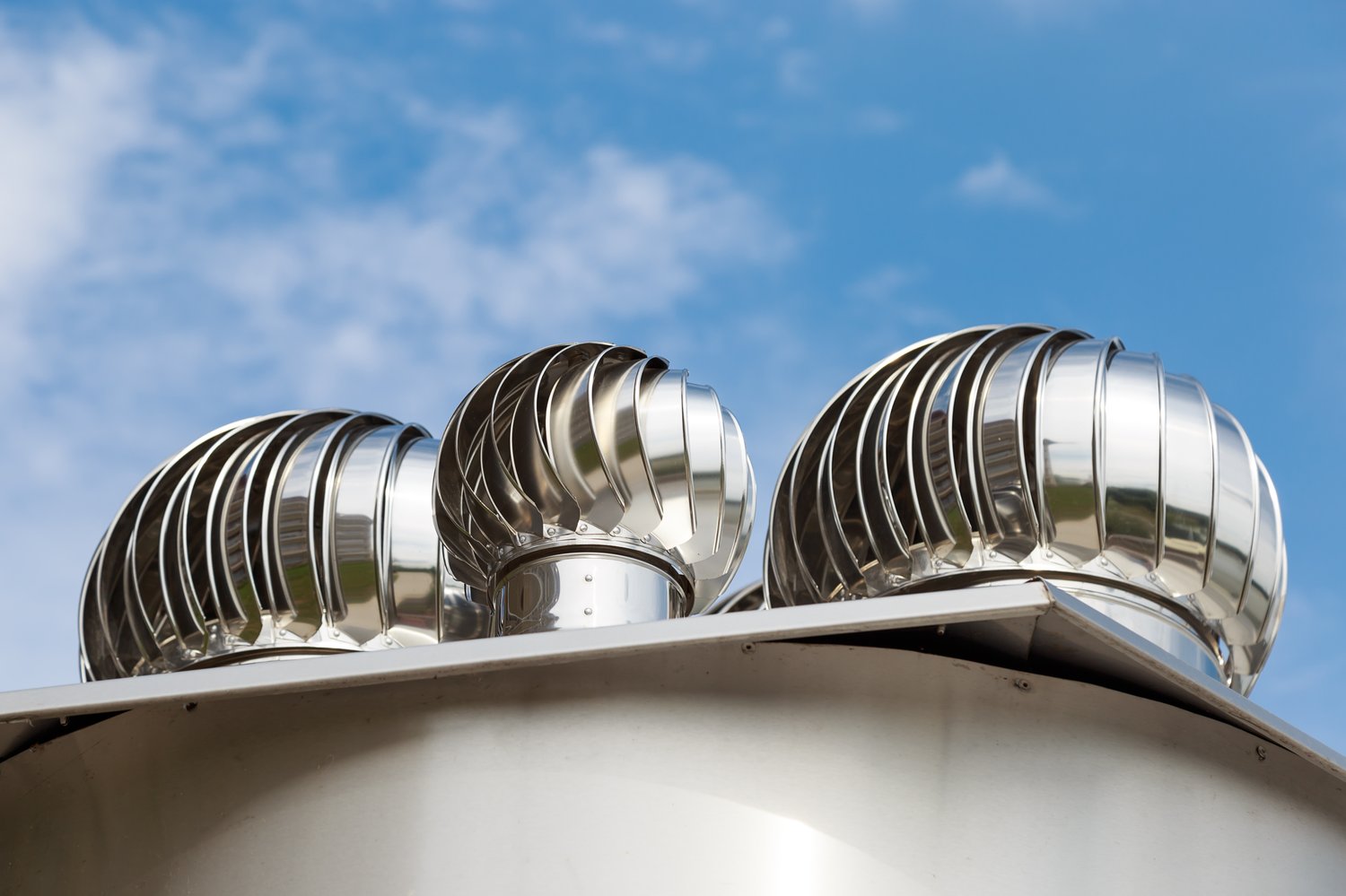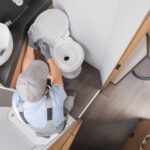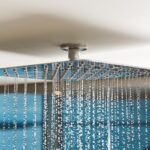Understanding the importance of proper ventilation
Ventilation plays a crucial role in maintaining indoor air quality. It helps remove stale air, moisture, and pollutants from enclosed spaces. Proper ventilation systems can reduce the risk of respiratory issues by up to 40%. These systems also help regulate temperature and humidity levels, creating a more comfortable environment. In commercial settings, adequate ventilation can increase employee productivity by 11%. Residential properties with good ventilation often see a 5-10% increase in property value.
There are several types of ventilation systems available in the market. Natural ventilation relies on wind and temperature differences to move air. Mechanical ventilation uses fans and ducts to circulate air. Ventilation systems can be centralized or decentralized, depending on the building’s layout and requirements. Hybrid systems combine natural and mechanical ventilation for optimal performance. Each type has its advantages and is suited for different applications.
Ventilation requirements vary based on building size, occupancy, and purpose. Residential spaces typically need 0.35 air changes per hour (ACH). Commercial buildings often require higher rates, ranging from 0.5 to 2 ACH. Industrial facilities may need even more, sometimes up to 10 ACH. These rates ensure that indoor air remains fresh and healthy. Proper sizing of ventilation systems is essential to meet these requirements efficiently.
Energy efficiency is a key consideration in modern ventilation design. Heat recovery ventilators (HRVs) can recover up to 85% of heat from exhaust air. This technology significantly reduces energy costs associated with heating and cooling. Variable speed fans adjust airflow based on demand, further optimizing energy use. Smart controls allow for automated operation, ensuring ventilation runs only when needed.
Regular maintenance is crucial for ventilation system performance. Filters should be cleaned or replaced every 3-6 months. Duct cleaning is recommended every 3-5 years. Annual inspections can identify potential issues before they become major problems. Proper maintenance can extend system lifespan by up to 5 years and maintain optimal efficiency.
Exploring ductless ventilation options
Ductless ventilation systems offer flexibility in installation and operation. These systems do not require extensive ductwork, making them ideal for retrofitting older buildings. Ductless ventilation units can be installed in individual rooms or zones. This allows for precise control of air quality in specific areas. Most ductless systems can be installed in a single day, minimizing disruption to occupants.
One popular type of ductless ventilation is the through-wall unit. These devices create a direct pathway for air exchange with the outdoors. They typically have a diameter of 100-150mm and can move 30-60 cubic meters of air per hour. Through-wall units are particularly effective in bathrooms, kitchens, and small offices. They often include humidity sensors to activate automatically when moisture levels rise.
Window-mounted ventilators are another ductless option. These units fit into existing window openings, requiring no structural modifications. They can provide up to 200 cubic meters of air exchange per hour. Many models include both intake and exhaust fans for balanced ventilation. Some advanced units incorporate heat recovery technology, improving energy efficiency.
Portable air purifiers complement ductless ventilation systems. These devices can filter particles as small as 0.3 microns from the air. High-efficiency particulate air (HEPA) filters remove 99.97% of airborne pollutants. Activated carbon filters are effective at removing odors and volatile organic compounds (VOCs). Most portable units can clean the air in a 20-square-meter room every 15 minutes.
Ductless ventilation systems often incorporate smart technology. Wi-Fi-enabled units can be controlled via smartphone apps. These allow users to monitor air quality and adjust settings remotely. Some systems integrate with home automation platforms for seamless operation. Advanced models use artificial intelligence to learn occupancy patterns and optimize ventilation accordingly.
Selecting the right ventilation ducts and fittings
Ventilation ducts and fittings are essential components of any ducted system. These elements transport air throughout a building, ensuring proper distribution. Ducts come in various materials, including galvanized steel, aluminum, and flexible plastic. Each material has specific advantages in terms of cost, durability, and ease of installation. The choice of material depends on the specific application and local building codes.
Duct sizing is critical for system efficiency. Undersized ducts can lead to increased noise and reduced airflow. Oversized ducts waste energy and materials. Professional duct calculators consider factors such as air volume, velocity, and pressure drop. A typical residential system might use ducts ranging from 100mm to 300mm in diameter. Commercial systems often require larger ducts, sometimes exceeding 1000mm in diameter.
Fittings are used to connect and direct ductwork. Common types include elbows, tees, reducers, and dampers. Elbows should have a radius of at least 1.5 times the duct diameter to minimize turbulence. Dampers allow for airflow adjustment and system balancing. Ventilation ducts and fittings should be properly sealed to prevent air leakage. High-quality mastic or foil tape can reduce leakage by up to 95%.
Insulation is important for ducts in unconditioned spaces. It prevents condensation and reduces heat loss or gain. Fiberglass insulation with an R-value of 6-8 is common for residential applications. Commercial systems may require higher R-values, up to 12 or more. Proper insulation can improve system efficiency by 10-15%, leading to significant energy savings.
Fire safety is a crucial consideration in duct design. Fire dampers are required at certain intervals and wall penetrations. These devices automatically close in case of fire, preventing smoke and flames from spreading. Intumescent wraps can provide up to 2 hours of fire protection for ducts. Local fire codes dictate specific requirements for different building types and occupancies.
Maintaining and upgrading your ventilation system
Regular cleaning is essential for maintaining ventilation system performance. Dust and debris can accumulate in ducts, reducing airflow and efficiency. Professional duct cleaning services use specialized equipment to remove contaminants. This process typically costs between $300 and $500 for a residential system. Commercial systems may require more frequent cleaning, depending on the environment and usage.
Filter replacement is a simple but crucial maintenance task. Standard fiberglass filters should be changed every 30 days. Higher-quality pleated filters can last up to 90 days. HEPA filters may need replacement every 6-12 months. Regularly changing filters can improve system efficiency by up to 15%. It also helps maintain good indoor air quality and protects sensitive system components.
Upgrading ventilation controls can significantly improve system performance. Programmable thermostats allow for scheduled ventilation based on occupancy patterns. Demand-controlled ventilation uses CO2 sensors to adjust airflow automatically. These upgrades can reduce energy consumption by 20-30% in many buildings. Advanced controls also provide detailed data for system optimization and troubleshooting.
Retrofitting existing systems with energy recovery technology is becoming increasingly popular. Energy recovery ventilators (ERVs) can be added to many systems without major modifications. These devices can recover up to 80% of energy from exhaust air. The payback period for such upgrades is typically 2-5 years, depending on climate and energy costs. ERVs are particularly effective in extreme climates where heating or cooling loads are high.
Regular professional inspections are recommended for all ventilation systems. These should be conducted annually for residential systems and semi-annually for commercial applications. Inspections can identify potential issues before they lead to system failure or inefficiency. They also ensure compliance with current safety and building codes. The cost of regular maintenance is often offset by improved efficiency and reduced repair expenses.





